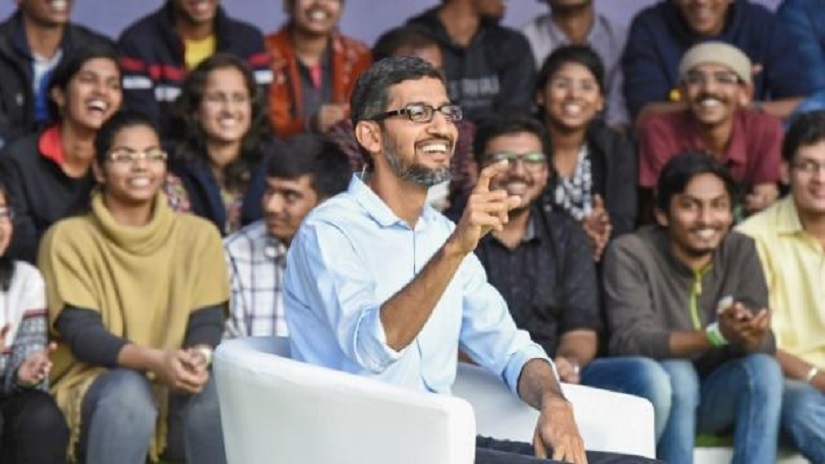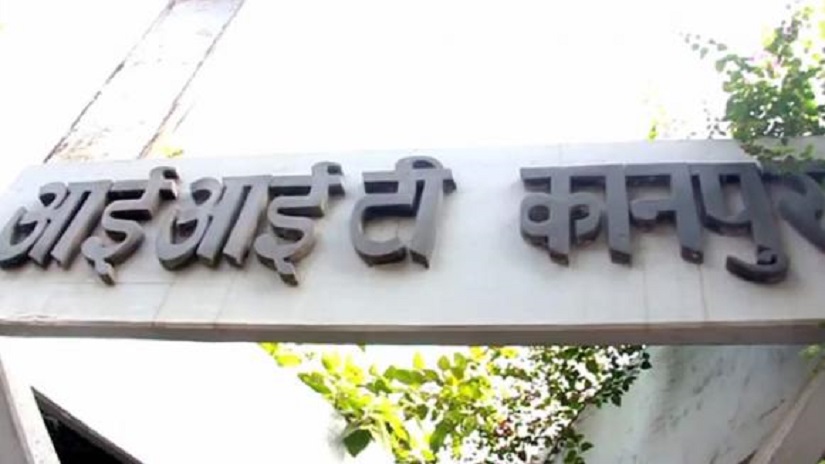As published in FirstPost on 23/07/2017.
When I sold chai in Bengaluru, fresh out of engineering college, India’s exasperating diversity seemed to me to be on full display. My job involved training in-store employees to operate billing machines. This seemingly undemanding task was made adventurous because the employees spoke none of the five Indian languages I was familiar with. Most of our employees from the Northeast were atheists but revered the “Great Khans” of Bollywood in a country majorly Hindu. Even amid such diversity, there are some things that make us uniquely Indian — our obsession with cricket, cinema and politics. Much has been written about them, but this essay deals with a fourth (and possibly bizarre) obsession: Engineering. Let me explain.
An aspect of my job I enjoyed the most was talking to customers who inevitably and unsurprisingly, were (frustrated) engineers. In fact, one in every 20 IT employees in Bengaluru contemplates suicide in his/her life. The obsession with engineering goes far beyond the boundaries of India’s Silicon Valley. On 7 April 2013, 1.4 million candidates appeared for the JEE (Joint Entrance Examination) in India, making it one of the biggest single-day exams in the known history of mankind.
If Engineering were a religion, it would be the fifth most populous religion in India. Curious, I quit my job to unravel this massive phenomenon. Over the next two years, I travelled across the country and found a lot of interesting people, places, and events that helped shape what I call the Great Indian Obsession. In the words to follow, I will take you through the role of a controversial Englishman and a fateful moment on 4 October 1957, at 7.28 pm in contributing to what makes for possibly the world’s most interesting educational story.
If Engineering were a religion, it would be the fifth most populous religion in India. Curious, I quit my job to unravel this massive phenomenon. Over the next two years, I travelled across the country and found a lot of interesting people, places, and events that helped shape what I call the Great Indian Obsession.
Macaulay’s children
Thomas Babington Macaulay was a genius. He had an estimated IQ of 180 to 190 and had the ability to learn any language within a fortnight. The man’s legacy is seen in the term “Macaulay’s Children” — used condescendingly to describe “people born of Indian ancestry but (who) display attitudes influenced by colonisers”. The English desperately wanted him to go to India to establish a Uniform Legal Code but Macaulay “had little or no interest in India or its culture”. When offered £10,000 for the job (worth more than half a million pounds today), Macaulay — a loner who remained unmarried all his life — relented, and forcibly got his sister to India where he spent around four years.
During his stay, Macaulay didn’t learn a single Indian language but on the momentous day of 2 February 1835, made a strong case in the British Parliament for the introduction of English education in India. The spirit of Macaulay’s speech can be summarised in the line in which he proclaims that the British ought to teach "native Hindus" English or else they will “waste their youth in learning how to purify themselves after touching an ass”.
Now what does English education have to do with the life of India’s engineers?
A vast majority of India’s engineers are unemployable and the industry credits it to “poor communication skills” (meaning simply, poor English).

However, the most significant beneficiaries happen to be Satya Nadella and Sundar Pichai who owe their careers to another defining moment from history: 4 October 1957, 7.28 pm.
Indian Engineers chale Amreeka.
Although they form a meager 6 percent of the regional population, nearly 16 percent of start-ups in Silicon Valley have an Indian co-founder, the highest for any immigrant community (more than Britain, China, Taiwan, and Japan combined).
On 4 October 1957, at 7.28 pm, the Soviets launched Sputnik, the first human satellite in space. It intensified the existing Cold War between the Soviets and the US, who were constantly fighting to outperform the other (or what two Indian students would call “just another day”.) The US revamped its immigration policy to invite the best of scientists and engineers from across the world. Engineers in India, with all their grey matter, were frustrated with the socialist regime as it didn’t allow them to do much. They had two escape routes: BFF (best friend forever) Russia or America, with whom we didn’t have the best of relations back then.
Most engineers strangely ditched their best friends Russia and migrated to America instead. Why would they do that? It’s time to evoke old man Macaulay. English played a huge role in the migration of roughly 40,000 Indian engineers from 1966-73. The rest is history.
The earliest bunch of engineers to migrate to America did extremely well — not just for themselves but also for America. They paved the way for future engineers from India, so much so that Engineering is now the easiest ticket to the US for Indian kids. Indians form the second largest and fastest growing foreign student body in the US.
My biggest finding however, should come as a chilling revelation to every Indian. In part two of this essay, I'll tell you about India’s deadliest terrorist organisation.


